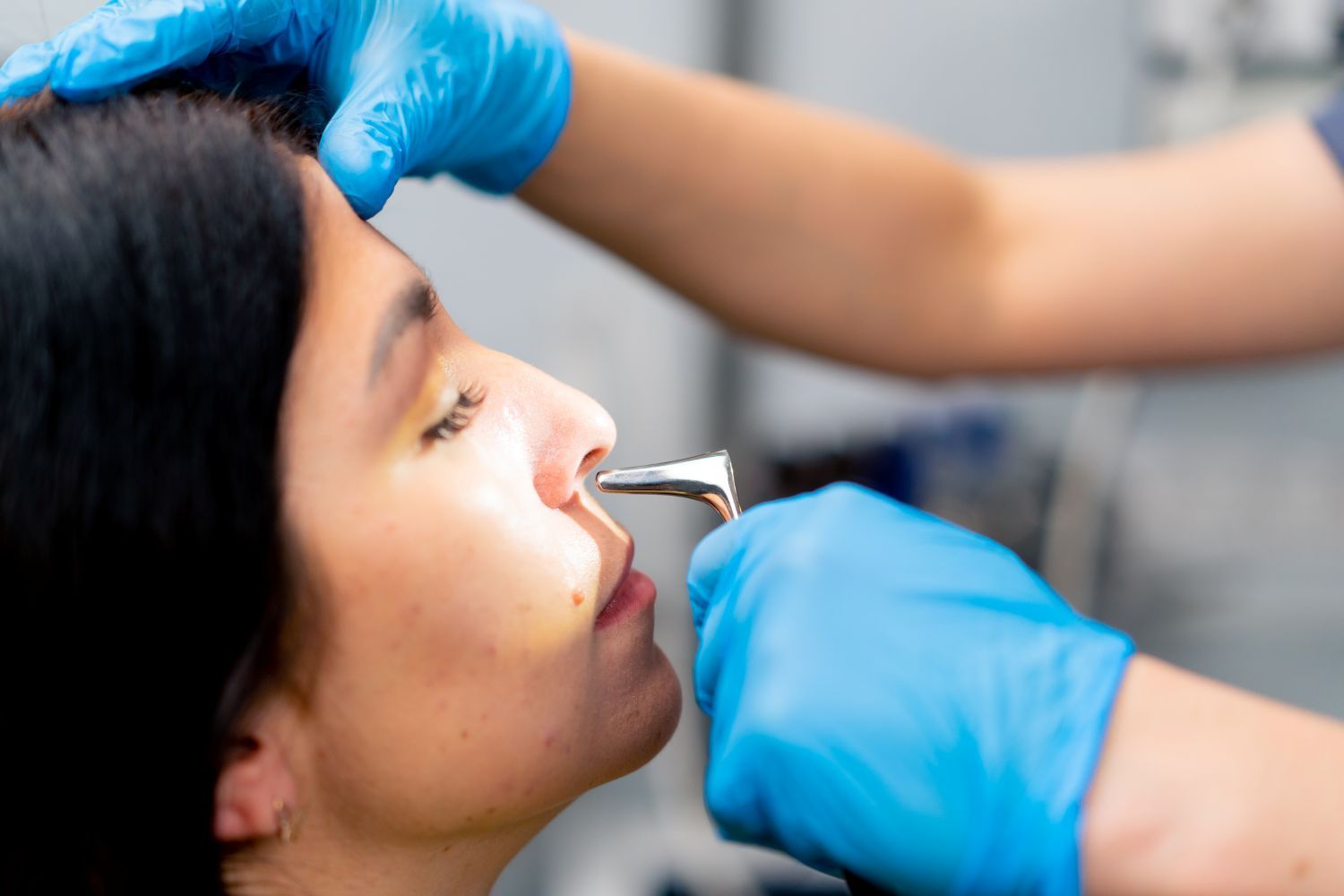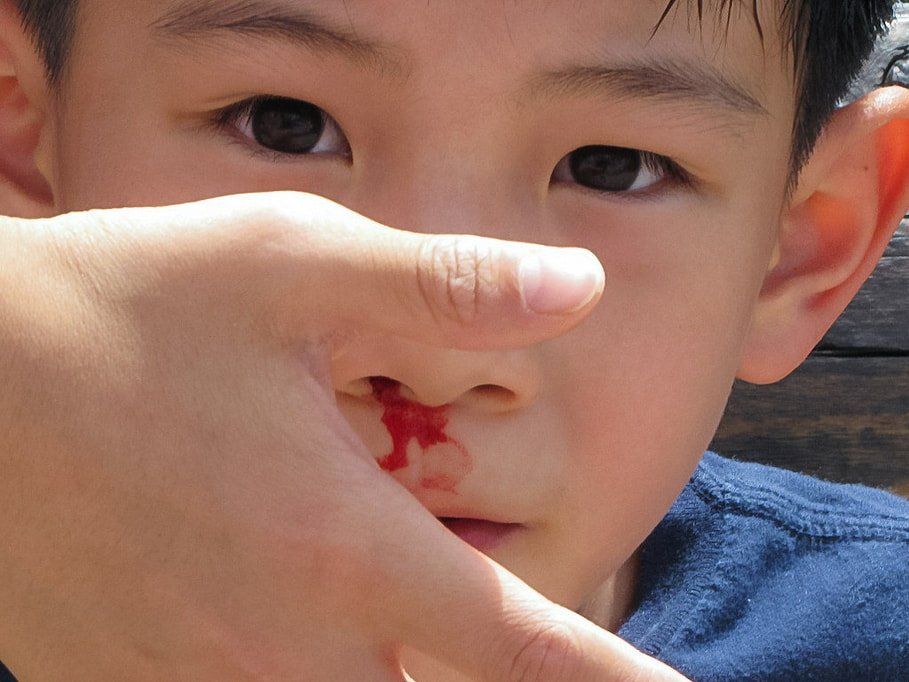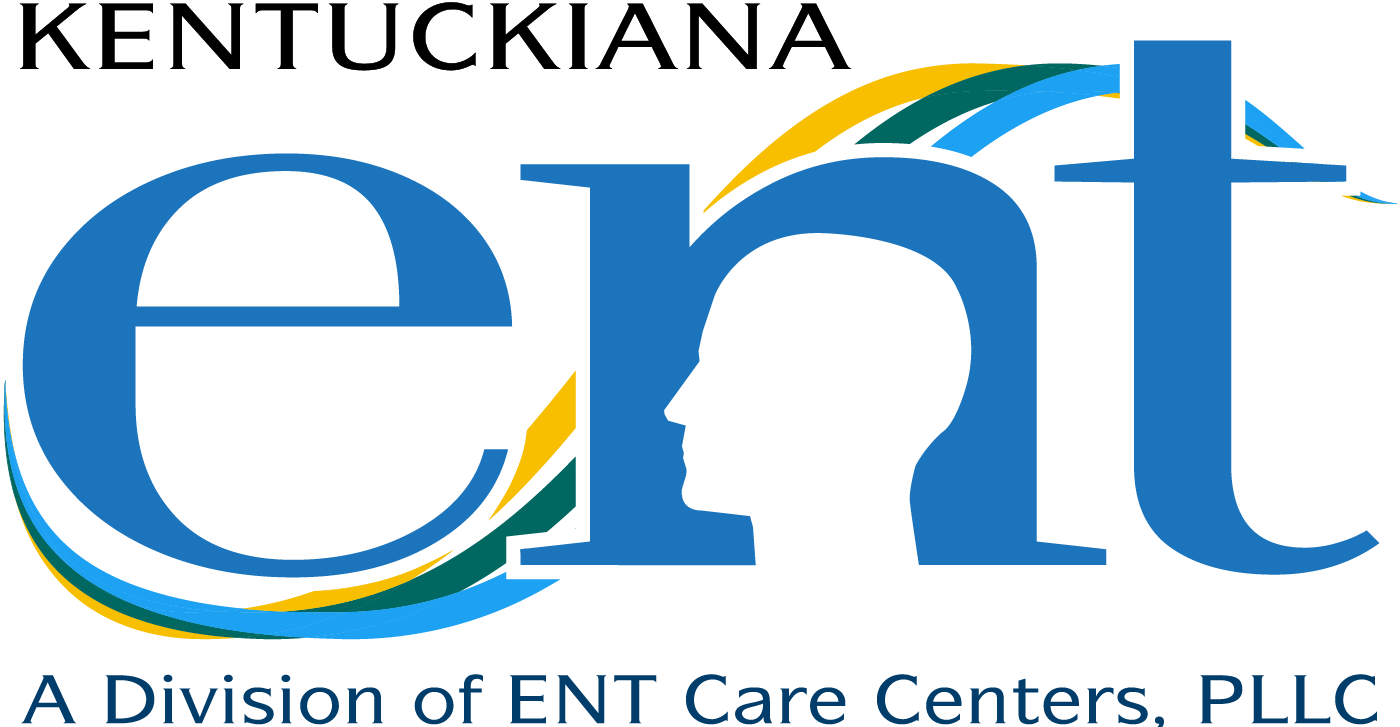4 Causes of a Runny Nose with Treatment Options
A runny nose is a problem we have likely all had; it is when mucus, a runny fluid produced by our nasal mucosa membrane, is being discharged through our nose. It usually happens due to inflammation or irritation of the nasal passage which then leads to increased mucus production. A runny nose, or rhinorrhea, can be caused by many factors such as the common cold, allergies, or inflammation of the sinuses.
This article will discuss a few of those causes.
1. Nasal Polyps AKA NP (NOT Shorthand for No Problem)
Smooth, asymptomatic, benign growths on the lining of your sinuses or nasal passageways are known as nasal polyps. The growths are sac-like, mobile, and unpainful, though they may occasionally cause facial discomfort. They are brought on by persistent inflammation and are typically linked to conditions including asthma, recurrent infections, allergies, medication sensitivity, or specific autoimmunity conditions.
Treatment
Nasal polyps should be reduced or eliminated throughout treatment. First and foremost, medication is usually the best course of action. Although surgery is sometimes required, recurrent polyps might not be permanently cured by it.
2. Allergic Rhinitis - “The Ohio Valley Crud”
Allergic Rhinitis AKA The Ohio Valley Crud is caused by an allergic reaction when the body’s immune system recognizes and overreacts to an allergen such as pollen, dust, mold, or pet dander. The nasal membranes get inflamed causing sneezing, nasal congestion, nasal itching, watery eyes, and runny nose, in any combination.
Treatment
Managing allergic rhinitis consists of allergen avoidance which includes wearing medical masks and keeping exposure to a minimum. Depending on the symptoms, your allergist, ENT, or a primary care physician will prescribe antihistamines, decongestants, or nasal corticosteroid sprays. For severe cases or poor response to other management options, immunotherapy including allergy shots or allergy drops may be considered. Procedures for runny nose are also available, including Clarifix cryotherapy of the nose and RhinAer for chronic rhinitis.
3. Vasomotor Rhinitis - “The Old Man Tissue Issue”
Vasomotor rhinitis develops due to the dilation of blood vessels in your nose. Swelling caused due to the growth of the blood vessels can lead to congestion. While the cause of the dilation of blood vessels inside the nose is still unknown, some common triggers include environmental irritants like perfumes, smog, or smoke; changing weather conditions; viral infections like the common cold or flu; and certain medications like ibuprofen, aspirin, sedatives, and antidepressants.
Vasomotor Rhinitis does not pose any serious risks; however, it does cause a high level of discomfort and can affect your daily life.
Treatment
For nonallergic rhinitis, there is not a known cure; most people take care of the symptoms with self-care, trying to identify triggers, and proper medication. Nonallergic rhinitis due to a viral infection usually heals by itself. If you know your symptoms are triggered by exposure to perfumes or odors, it is best to avoid exposure to these substances.
Other methods of clearing your nose and nasal cavities include rinsing your nasal passages with a saline solution to clear your nose of irritants. Medicated nasal sprays are often prescribed to reduce nasal inflammation and keep the symptoms in control.
Procedures focused on decreasing activity of the posterior nasal nerve are also available, including Clarifix, RhinAer, and posterior nasal neurectomy (vivian neurectomy).
4. CSF Leak - “The Brain Fluid Horror Show”
The release of the cerebrospinal fluid (CSF) that surrounds the brain and spinal cord is termed a CSF leak. Any disruption in the membrane that surrounds the brain and spinal cord can lead to leakage of CSF. When that happens, the pressure around the brain and spinal cord drops. About 90% of the time, CSF leaks are caused by injury. The other 10% of the time the leak happens spontaneously or the cause is unknown.
Treatment
Many cases can improve themselves after a period of bed rest. The leak can be improved by drinking more fluids, especially beverages with caffeine or salt, which may relieve headache pain.
A “blood patch” may sometimes be used to close the hole. In most cases, this makes relieves symptoms, but in rare cases, surgery is required to repair the tear in the dura and stop the headache. If symptoms of infection (fever, chills, mental changes) are present, antibiotics should be used to treat them.
Final Words
If you have been dealing with a runny nose lately, it might be time to book an appointment with a sinus specialist like Dr. Thomas S. Higgins to ensure that your runny nose isn’t a sign of something more serious. Dr. Higgins is a fellowship-trained sinus surgeon and rhinologist who runs the premier sinus clinic in Louisville, Kentucky. You can call him at 502-894-8441 or contact him online!
Thomas S. Higgins, MD, MSPH
Father. Husband. Sinusitis Nerd.















